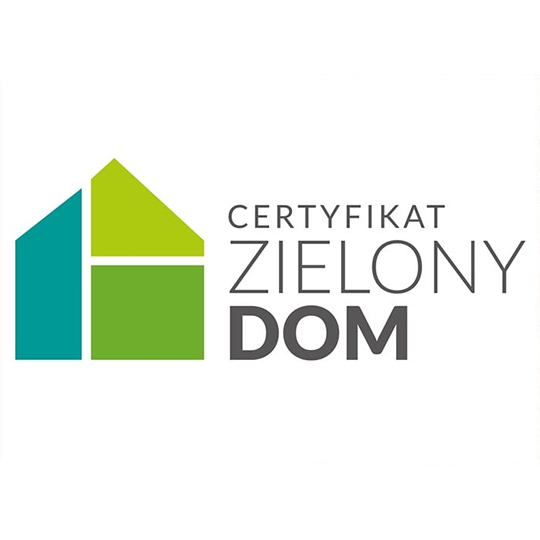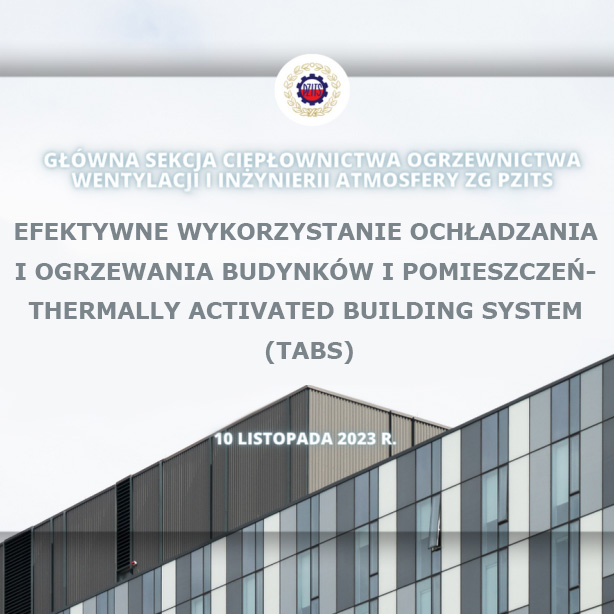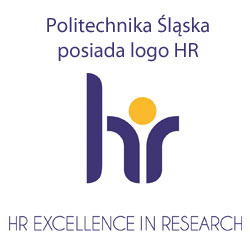Start - News

REHVA's proposal for the target values of the ventilation air flow rates after the COVID epidemic
REHVA has published a proposal for the design of room ventilation based on the experience of the COVID-19 pandemic in the document entitled “Health-based target ventilation rates and design method for reducing exposure to airborne respiratory infectious diseases” Full information is available at rehva.eu.
PZITS has prepared a Polish translation of this document: Strumień objętości powietrza wentylacyjnego wyznaczony na podstawie kryterium zdrowotnego oraz metoda projektowania wentylacji ograniczająca narażenie układu oddechowego na choroby zakaźne przenoszone przez powietrze.
During the COVID-19 pandemic, it has become clear that adequate ventilation is a key engineering measure to limit the spread of respiratory viruses. REHVA experts have now gathered the available evidence and developed a health-based method of ventilation design to mitigate the risk of infection in indoor spaces. Current ventilation design based on existing indoor microclimate standards EN 16798-1:2019 and ISO 17772-1:2017 has been limited to using ventilation criteria based on perceived air quality (odors) and neglected the transmission of respiratory disease.
The infection risk-based ventilation design method proposed in this document provides new target ventilation rates and is intended to complement existing ventilation design methods for non-residential buildings, excluding healthcare and industrial buildings. It is proposed that target ventilation rates be used in new building and renovation projects so that the highest ventilation airflow determined based on health and comfort criteria is used as the design efficiency of the ventilation system. Ventilation air streams determined based on health criteria may be higher than the comfort ventilation indicators and are only required during epidemic periods. Under normal circumstances – i.e. outside epidemic periods – demand-controlled ventilation is recommended to meet comfort-based values and optimize the energy used for ventilation.
Source: pzits.pl
Latest News
Show all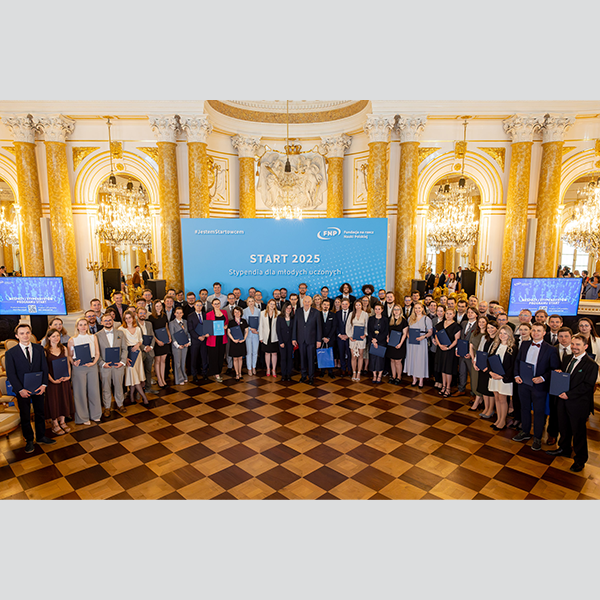
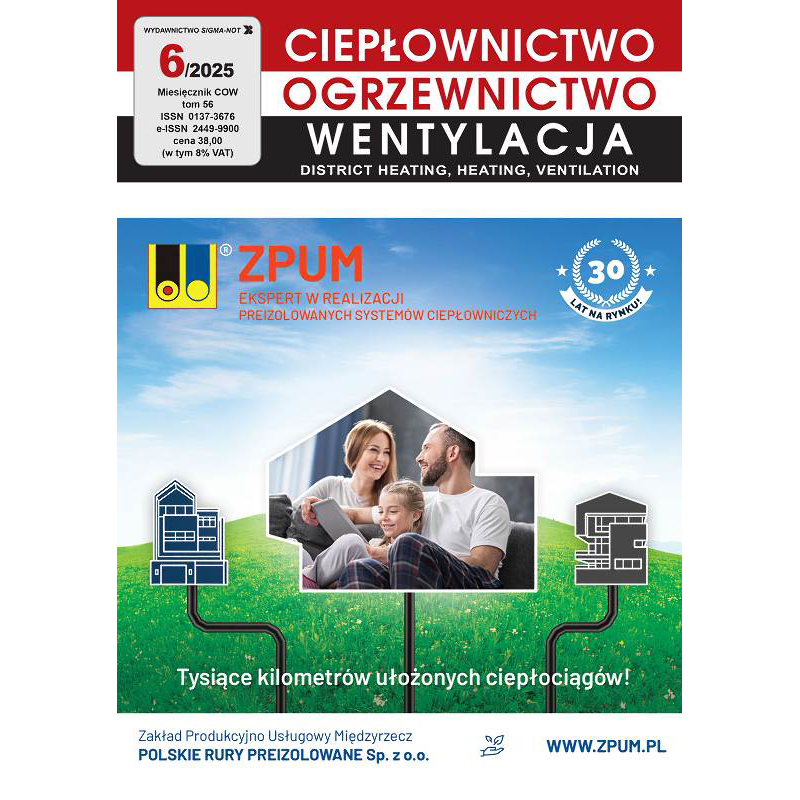



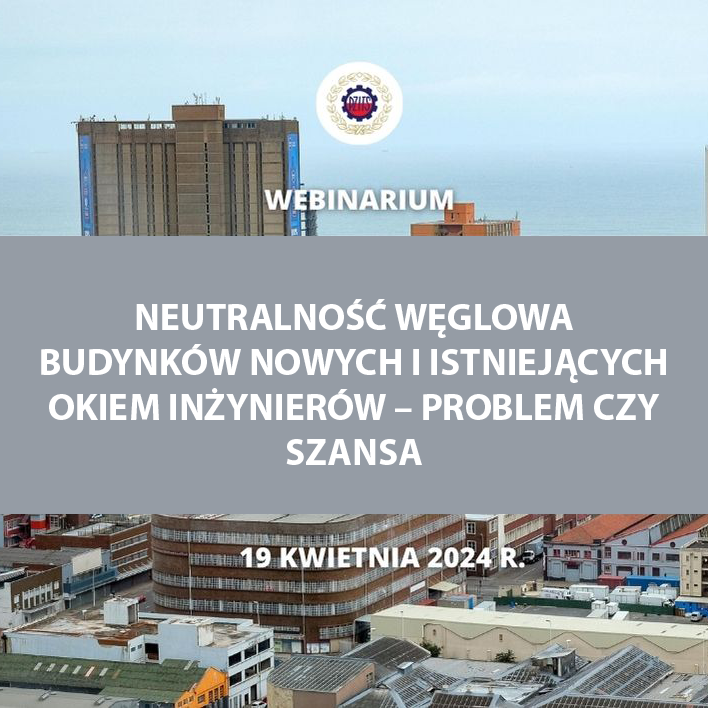





Show more Less items
Cooperation:

Santander Universidades to jeden z fundamentów społecznego zaangażowania Banku Zachodniego BZWBK oraz Grupy Santander.
Cooperation:

Santander Universidades to jeden z fundamentów społecznego zaangażowania Banku Zachodniego BZWBK oraz Grupy Santander.








